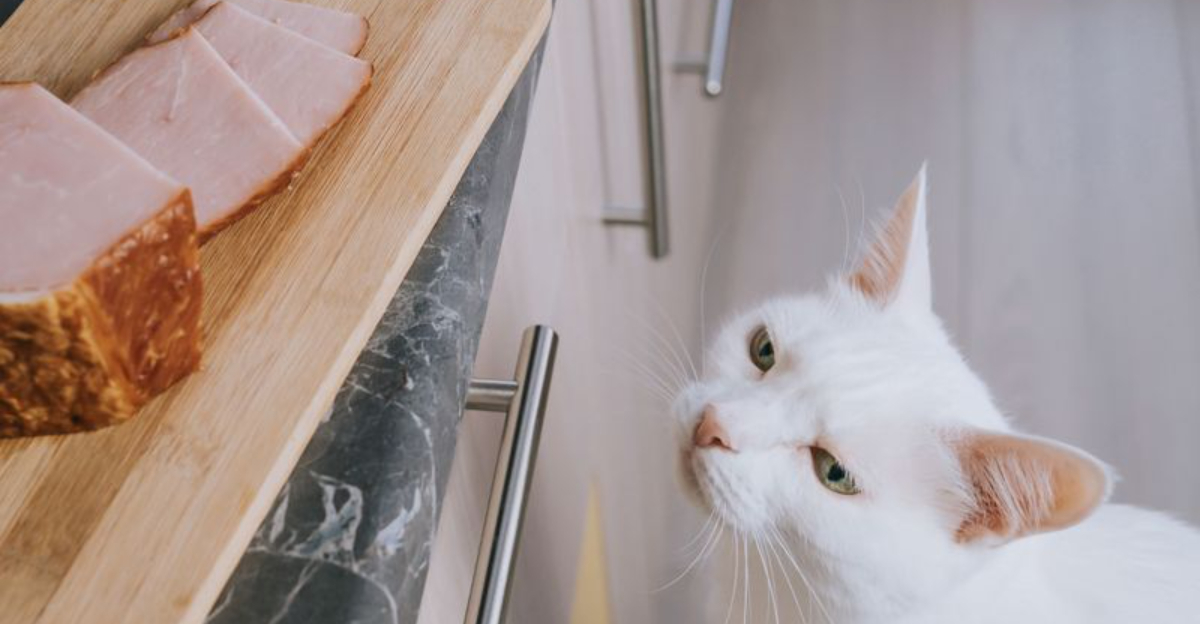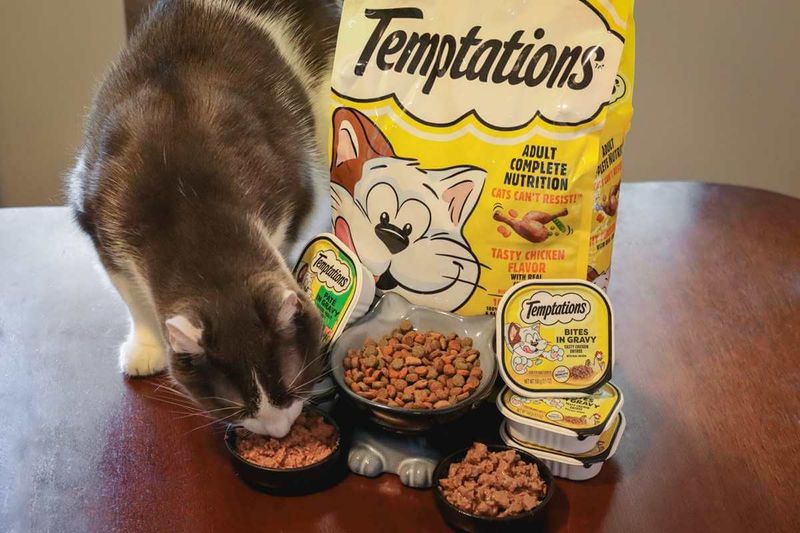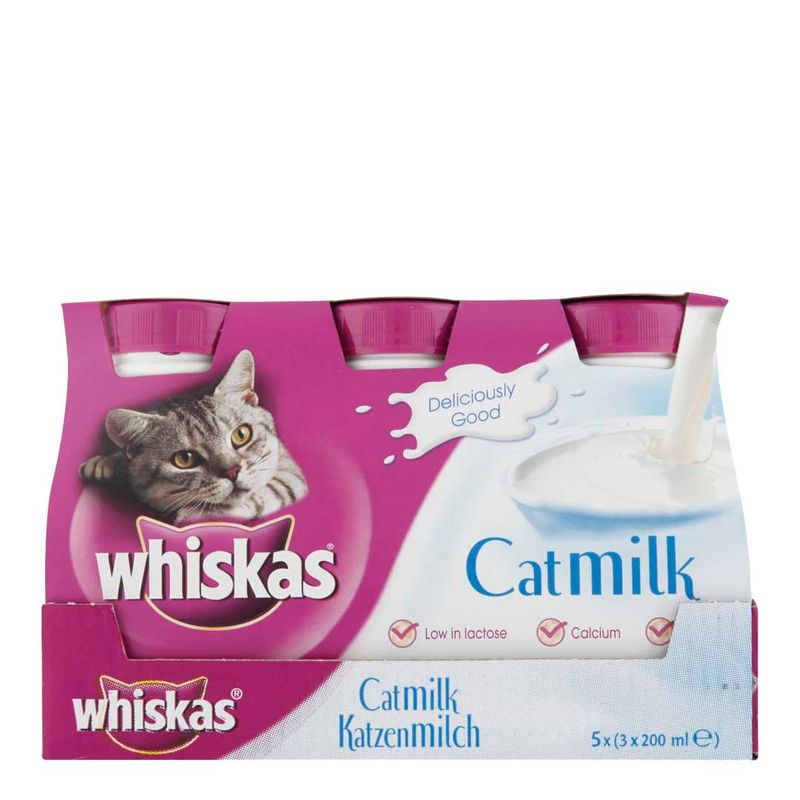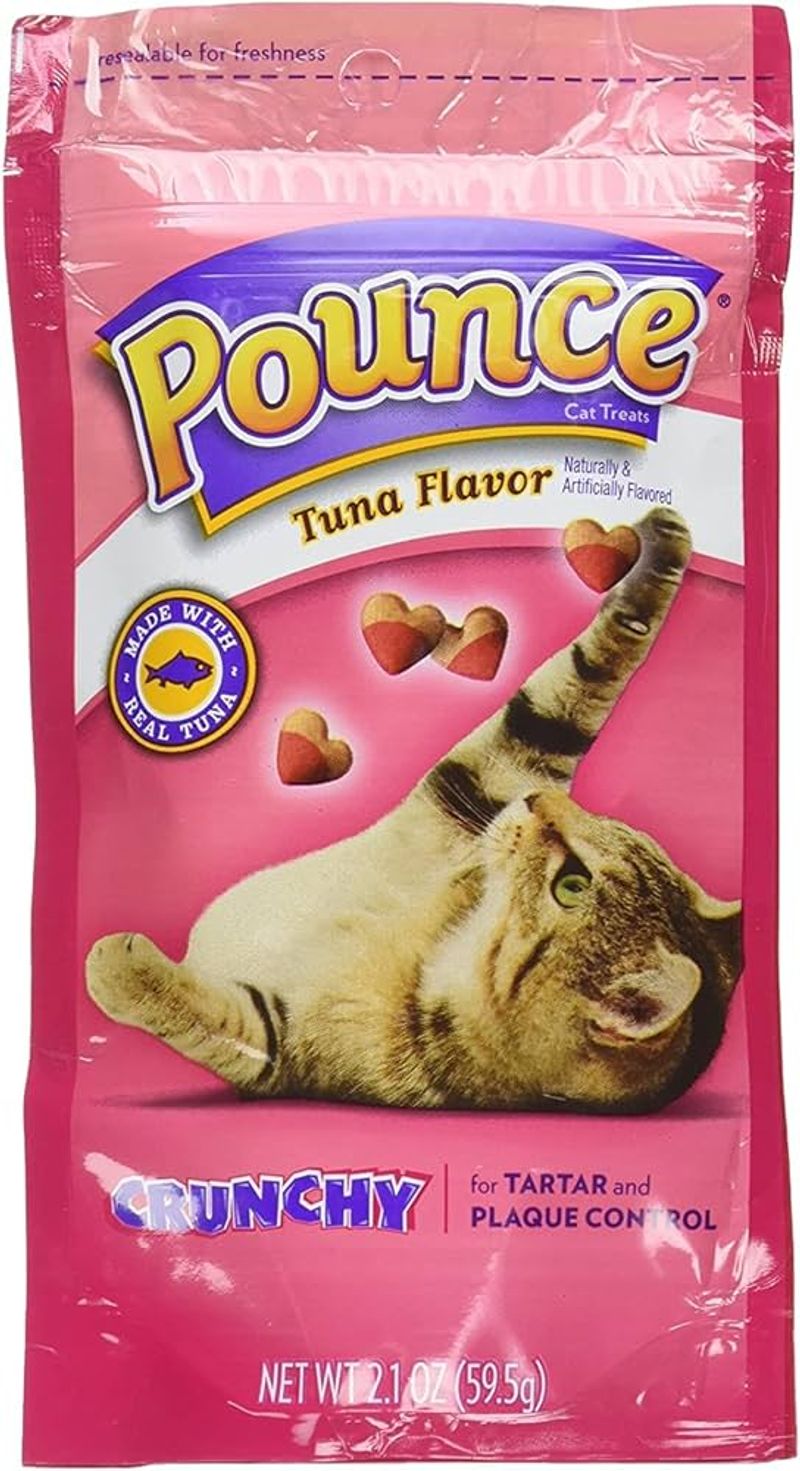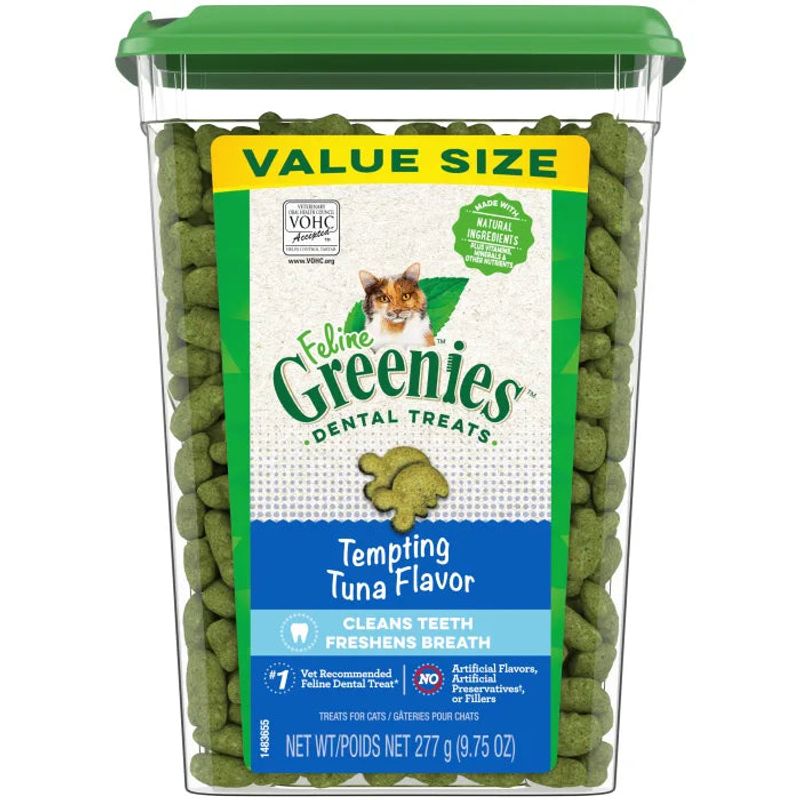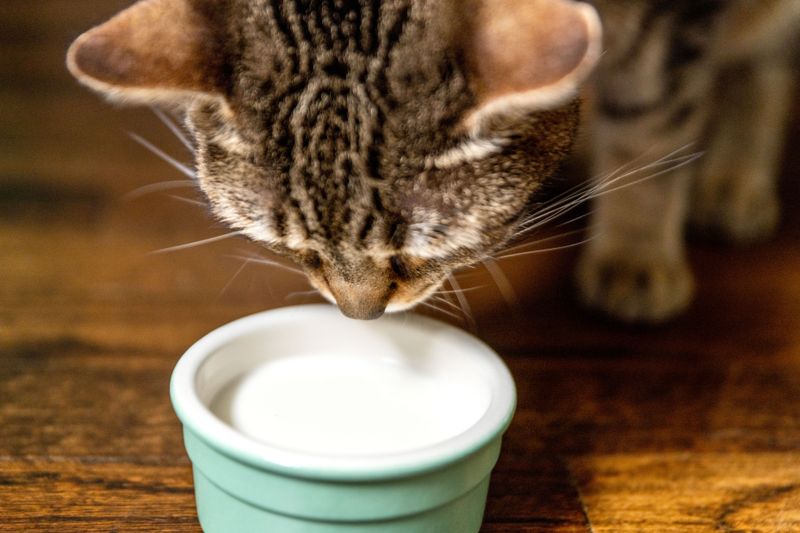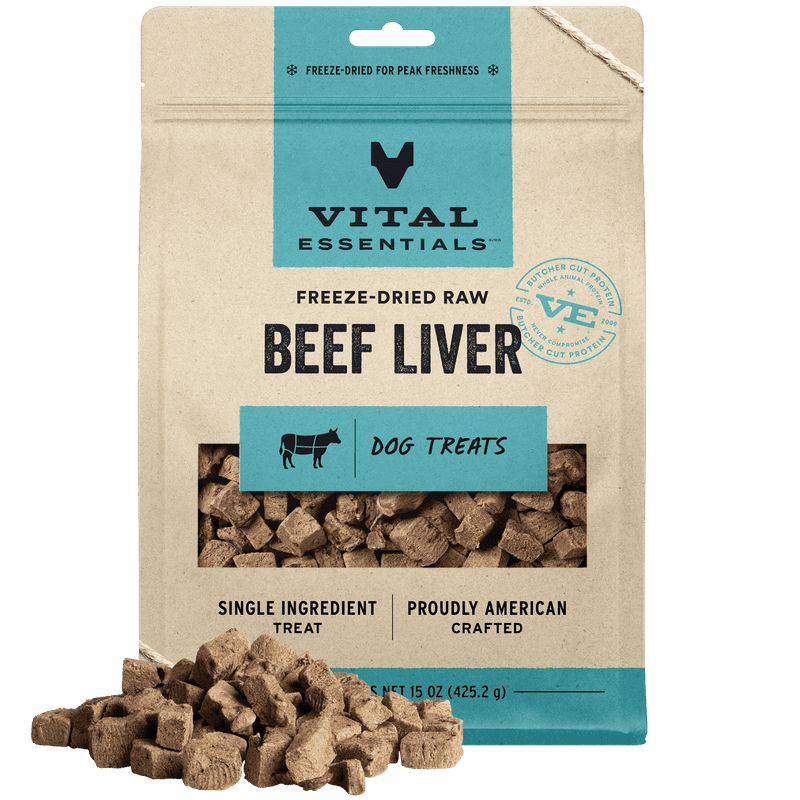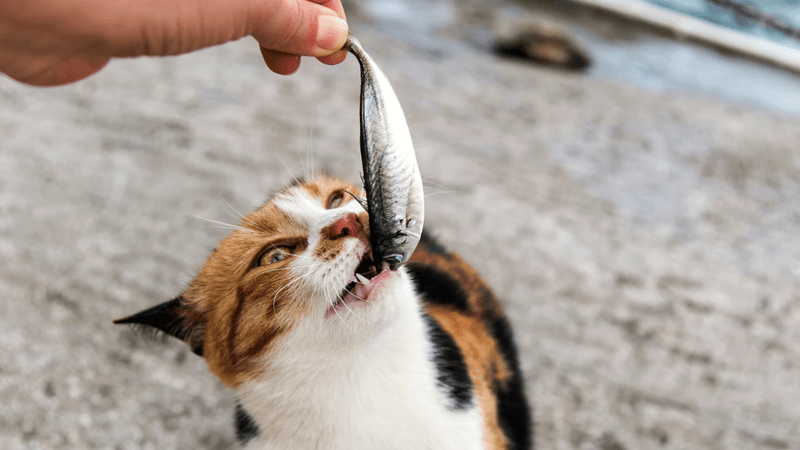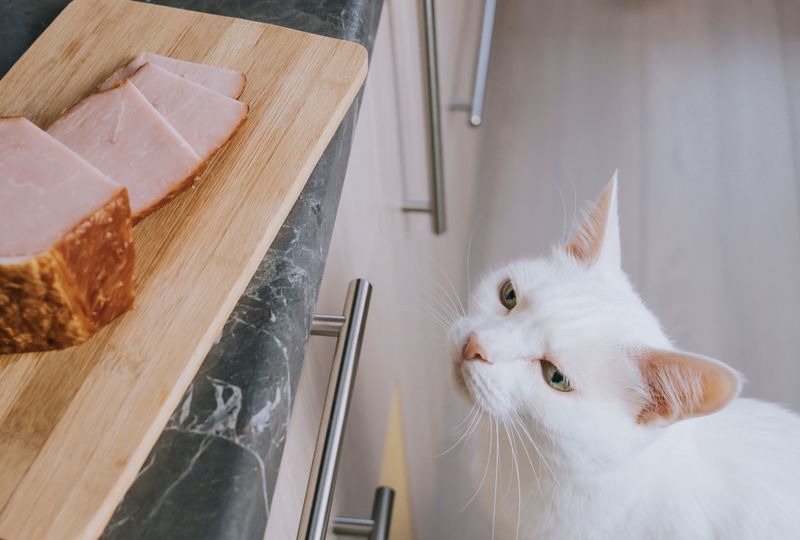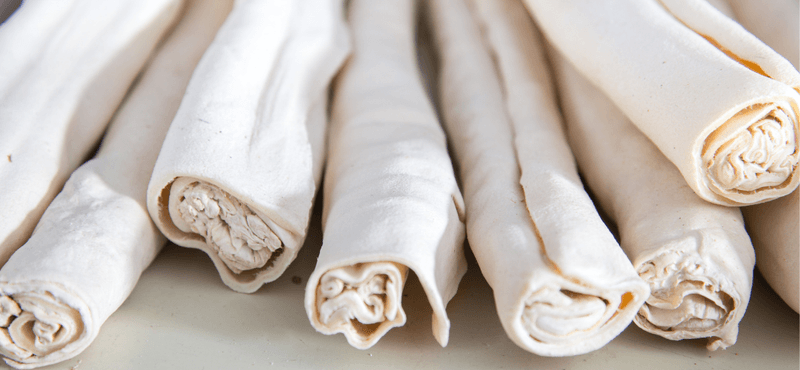📖 Table of Content:
Whether it’s a crunchy bite, a creamy snack, or a meaty morsel, these indulgences are often seen as a way to bond and reward our furry companions. However, what many owners don’t realize is that some of these popular treats may carry hidden risks that could harm their cat’s health over time.
Behind the cute packaging and promises of health benefits, certain ingredients tell a different story. Artificial flavors, preservatives, and excessive fillers can sneak their way into formulas that are marketed as “healthy” or “natural.” While an occasional treat might not seem dangerous, regular feeding can gradually contribute to weight gain, digestive distress, or more serious long-term health problems.
Understanding the potential issues with specific treats can help you make more informed choices for your feline friend. In this article, we break down nine of the most popular cat treats on the market and explore why they might not be as safe as they seem. Your cat deserves more than just tasty snacks—they deserve treats that support a long and healthy life.
1. Temptations Cat Treats
Highly popular for their crunchy outside and soft inside, Temptations cat treats are often a go-to for many pet owners. Despite their popularity, these treats contain a variety of artificial additives and flavor enhancers that may not sit well with sensitive cats. With a high carbohydrate content and limited nutritional benefit, they’re more like feline junk food than anything healthful. Feeding them too frequently has been linked to digestive issues like vomiting or diarrhea in some cats. Their strong flavor can also lead to treat addiction, causing cats to beg for them excessively or lose interest in their regular meals. It’s important to monitor portion sizes strictly if you choose to give these. Long-term use without moderation could set the stage for obesity and related diseases like diabetes.
2. Whiskas Catmilk
Appealing to those who want to pamper their cats with a “special drink,” Whiskas Catmilk markets itself as a safer dairy option. Even though it’s lactose-reduced, it still contains enough milk derivatives to upset cats with sensitive stomachs. In many cases, cats can tolerate this treat in small amounts, but problems arise with frequent servings. Digestive symptoms like loose stools, gas, or vomiting can occur if given regularly. It also contains added sugars and fats, contributing unnecessary calories that your cat doesn’t need. This treat is better suited as an extremely rare indulgence rather than a staple in your pet’s diet. Over time, even reduced-lactose products can disrupt gut health and affect nutrient absorption.
3. Pounce Cat Treats
Colorful and chewy, Pounce treats have been around for decades and are often seen as nostalgic cat snacks. Unfortunately, they come loaded with artificial colors, sweeteners, and preservatives such as BHA and BHT—ingredients flagged in many studies for potential health concerns. These additives, though approved for use in pet food, may contribute to hyperactivity or long-term toxicity. Additionally, Pounce treats include added sugars that cats don’t need and that can encourage unhealthy cravings. Frequent consumption may lead to increased risk of obesity or behavioral shifts. For households with multiple pets, these treats might be handed out often without realizing the accumulated intake. As convenient as they are, they’re best replaced with cleaner, single-ingredient options.
4. Greenies Feline Dental Treats
Promoted as a dual-purpose treat that also cleans teeth, Greenies can indeed help reduce tartar—but not without drawbacks. The crunchy texture is meant to promote dental health, yet many cats swallow them whole, defeating the intended purpose. There have also been reports of vomiting or intestinal blockages due to improper chewing. The ingredient list includes wheat, gluten, and other fillers that aren’t necessary for feline diets and may irritate sensitive digestive systems. While the dental angle is appealing, it shouldn’t be your only method of oral care. Occasional use may be fine, but over-reliance can create more problems than it solves. A combination of vet-approved dental cleaning and better treats is a safer route.
5. Milk-Based Treats
Dairy-themed snacks are often viewed as comforting and rich, but most adult cats are lactose intolerant by nature. Offering milk-based treats regularly can lead to bloating, gas, and messy digestive upsets. These treats often contain added sugar, cream, and thickeners that further complicate a cat’s ability to process them. Even brands that claim to be cat-safe sometimes misjudge a cat’s individual tolerance levels. Owners may mistakenly interpret purring or eagerness as approval when it’s really just attraction to the fat content. Symptoms of poor digestion may not appear immediately but build subtly with continued use. For the sake of their stomachs, it’s best to skip the dairy and opt for high-protein alternatives.
6. Freeze-Dried Liver Treats
Freeze-dried liver treats are often considered a high-protein, “natural” reward, and they certainly have their nutritional perks. However, excessive liver intake can lead to vitamin A toxicity—a condition that affects a cat’s bones and overall health. Cats love the strong flavor and may become fixated, refusing other foods when these are too frequently offered. Portion control is absolutely crucial, as even small overages in vitamin A can build up in the system over time. These treats are best rotated in moderation with other types to avoid over-supplementation. Another point of caution is the source—low-quality liver can contain toxins if the original animal was poorly raised. Always look for single-ingredient, reputable sources. Treats should never exceed 10% of your cat’s daily intake, and with liver, even less.
7. Fish-Based Treats
Fish treats are often irresistible to cats, and tuna flakes or salmon bits seem like healthy options at first glance. Unfortunately, fish—especially when fed frequently—can lead to mercury buildup in your cat’s system. These treats are also often deficient in certain essential nutrients, like Vitamin E, and can create an imbalance in your cat’s overall diet. Some cats develop a “fish addiction,” becoming finicky and rejecting other necessary foods. Flavored flakes may also contain added oils or seasonings that are harmful to cats. Over time, such an imbalanced diet can lead to skin issues, fatigue, or even organ stress. It’s much safer to treat fish as an occasional protein source, not a daily snack. If you’re feeding these, it’s important to pair them with a well-rounded meal plan.
8. Deli Meats
Sliced meats from your fridge may seem like a quick and tasty treat for your cat, especially when they’re begging. But most deli meats are processed with preservatives like nitrates and are packed with sodium far beyond what a cat’s kidneys can handle. Even unseasoned versions may still contain trace ingredients or coatings from preparation. Cats are especially sensitive to salt, and consistent exposure can lead to dehydration or chronic kidney stress. The fat content can also be higher than necessary, contributing to weight gain. If used at all, these should be unseasoned, cooked meats given sparingly and without additives. Safer alternatives include small pieces of boiled chicken or turkey breast without any seasoning.
9. Rawhide Chews
Though rare, some brands market miniature rawhide chews as feline dental aids or boredom busters. These chews pose significant risks, including choking hazards and gastrointestinal blockages, since cats aren’t built to chew or digest them like dogs. The toughness of rawhide can lead to broken teeth or oral injuries in cats with smaller jaws. Additionally, rawhide is often treated with chemicals during processing, which may linger in the final product. The risk of contamination by bacteria like Salmonella is another concern, especially if treats are imported and lack regulation. Cats may also gnaw but not digest properly, leading to internal complications. For dental care, softer chews or vet-approved toys are far safer. Always avoid products not specifically designed for feline anatomy and digestion.
